What you've told us
You experience painful periods. You’re not alone; nine out of 10 women in the UK suffer from period pains, while 57% (!) say the pain has affected their ability to work.
Your answers don’t indicate an immediate link with a specific gynaecological condition. It’s not always clear-cut though. Symptoms can fluctuate and overlap and of course there may be non-women’s health related conditions to consider too.
Should you be on red alert?
Living with painful periods can be distressing. There’s the physical and emotional toll your symptoms can have on you and there’s the uncertainty of not knowing if something more serious is going on behind the scenes.
While painful periods aren’t always a sign that something is wrong, having an awareness of common (and not so common) gynaecological conditions puts you in the best position to advocate for yourself when you’re speaking to a doctor.


Be the first to access Bloomful’s clinic
We’re launching a virtual service to connect you to our team of expert gynaecologists. Our doctors will always hear you out and tailor their support to your unique circumstances.
Drop your email to be notified as soon as we’ve launched.
or keep reading for more information on common gynaecological conditions…

Let's talk about ...
PCOS
Polycystic ovary syndrome (PCOS) is a hormonal condition that affects ovaries and ovulation. Ovaries produce progesterone, oestrogen and a small amount of the male hormone androgen. In PCOS, androgen levels in the ovaries are higher, which disrupts ovulation and the menstrual cycle. PCOS can cause fluid-filled cysts to form on the ovaries and can also lead to acne, weight gain, and excess hair. Read more
Fibroids are non-cancerous growths that can be found in or around the uterus. They are made from smooth muscle cells and other cells lining the womb and can range from the size of a pea to a melon. Fibroids often lead to heavy periods and can affect your fertility. They can interfere with your cycle in a few ways. For example, they can stimulate the growth of blood vessels, which can increase the amount of blood you release during and outside of your period. In rare cases, they can become cancerous. Read more
Endometriosis is a long-term condition in which endometrial tissue that is meant to grow along the uterine lining goes rogue and ends up growing in places outside the uterus (for example, on your ovaries). This tissue can become inflamed, which leads to pain and bleeding. Read more
Adenomyosis is similar to endometriosis with one main difference: instead of endometrial tissue growing outside the uterus, in adenomyosis, it grows into the muscles of the uterus.
Want to become a great advocate for your gynae health?
Sign up for short, educational content to help your body thrive!
Want a redo?
Think you might have ticked the wrong boxes or have another symptom you want to check?


